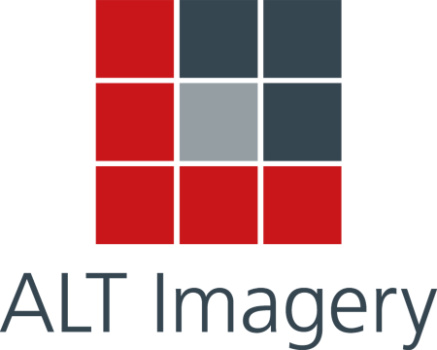I took my first photograph in 1965. I was ten years old and my mother had brought home a cheap 35mm film camera (I've attached a photo from that first roll). There were no adjustments, no lenses to focus or change, and no way to preview your work. As I continued to enjoy photography through college and into my adult life as a father, I upgraded my cameras but one thing remained constant. I had no supplementary lights except the tiny pop-up flash that some of the later models offered.
In late 2008 I took a three-week trip to Australia and New Zealand, with a digital camera and one variable length zoom lens. This time I owned a speedlight attachment for my Canon 50D, but had no idea how to properly use it so I left it home. In the 43 years I had been enjoying photography, I relied on available light, or embraced the bad conditions and took less appealing images.
Don't get me wrong, I took photos that people liked, and some that friends and family wanted to purchase. I had photographed my brother's wedding without ancillary lighting (it was outdoors). I shot my kids playing sports. I loved nature photography where lighting equipment had little benefit. I resolved in 2009 to learn how to use my flash, took lessons from an established wedding photographer that taught me that even so-called professionals had a real working knowledge of lighting, and finally sought out and learned from nationally recognized experts.
It was a multi-year journey, and I still have moments that make me think, but I embrace using strobes when I need to augment available light for the reasons listed below.
- Control Over Lighting: Strobed light allows photographers to have precise control over the intensity, direction, and quality of light. This ensures that subjects can be perfectly lit, regardless of the environment.
- Consistency: Using strobes enables consistent lighting conditions, which is crucial for achieving uniform results, especially in studio settings or when shooting a series of images.
- Free from Weather Constraints: Relying on strobes means that photographers are not at the mercy of changing weather conditions. They can shoot anytime, regardless of cloudy skies or harsh sunlight.
- Enhanced Depth and Dimension: Strobes can create dramatic contrasts and shadows, adding depth and dimension to images. This is particularly useful for portrait photography or product photography.
- Flexible Sync Speeds: With strobes, photographers can use faster shutter speeds, which is beneficial for freezing motion in dynamic situations.
- Creative Lighting Options: Strobed lighting provides opportunities for creative effects, such as rim lighting, backlighting, or mixing different colors, giving photographers more artistic freedom.
- White Balance Control: With strobes, photographers can easily manage color temperature, ensuring accurate skin tones and vibrant colors, regardless of the ambient light conditions.
- Utilization of Modifiers: Strobes can be used with various modifiers (softboxes, umbrellas, etc.) to soften or shape the light, which enhances the quality of the lighting on the subject.

